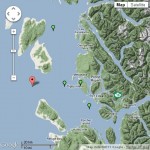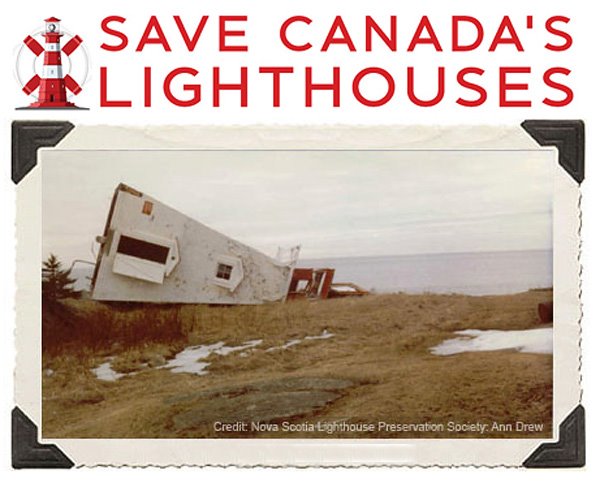I was reading the short notice below in one of my online feeds for anything lighthouse related and what caught my attention was the phrase “Due to the tide, check-in time . . . “
The West Room is available on Thursday, April 19th. Due to the tide, check-in time would be 3-4PM on this date. If you can make this check-in time and want to reserve this date, please call the Lighthouse at 845-247-0656.
I just had to know more, so clicking on the link took me to the Saugherties Lighthouse website.
To quote the website:
A landmark beacon on the Hudson River, the Saugerties Lighthouse is a venerable aid to navigation, constructed in 1869 at the mouth of the Esopus Creek. The Saugerties Lighthouse Conservancy maintains the Lighthouse and adjacent lands for the enjoyment of the public.
Everybody should remember the Hudson River near New York City where the Hero of the Hudson, pilot Chesley Sullenberger, landed his plane on January 15, 2009 when both engines quit after he hit a flock of geese. His actions saved all onboard.
Well this lighthouse is not exactly where the accident happened, but further up the Hudson River where the Esopus Creek (see the muddy creek in the Google Map at bottom) meets the Hudson River. An overview and specifications of the lighthouse can be found here.
It is now a Bed and Breakfast (B&B) with two rooms available. The notice at the beginning of this article was because they had an opening in the West Room; the other being the East Room. Checking their calendar does not show too many rooms free for the whole summer. A very popular place I think.
The comment, above, about the tides and your check-in times, is because this lighthouse is near the mouth of the Hudson River and the ocean tides raise the level of the river. Taking a look at the map (bottom) it may seem impossible, but tides do have a great influence on many world rivers a great distance from the mouth of the river.
More information on the effect of the tides and access to the lighthouse is given under Reservations:
Access
- The Lighthouse is accessible by a half-mile walking trail or by personal boat. The Lighthouse does not provide a ferry service.
- Check-in time is scheduled for the hour of 2pm-3pm, and check-out time is by noon, unless the timing of the tides necessitates changes.
- You will be notified when you make a reservation if the tides require a change in check-in and/or check-out times.
It looks like a delightful place to stay. Now if only we could do something like that for say Point Atkinson near Vancouver. What a delight!

















